In every corner of the world, from ancient caves to bustling cities, “music and arts” have been the heartbeat of human culture. These twin pillars of creativity—sound and vision—transcend language, time, and borders, weaving stories, emotions, and ideas into the fabric of our lives. But what makes music and arts so enduringly powerful? This article dives into their rich history, their profound impact on society, and why, in 2025, music and arts remain as vital as ever.
What Are Music and Arts?
At its essence, “music and arts” encompass the creative expressions of humanity. Music is the art of sound—melodies, rhythms, and harmonies that stir the soul. Arts, often shorthand for visual arts, include painting, sculpture, dance, theater, and more—anything that captures imagination through form and color. Together, music and arts form a dynamic duo, blending auditory and visual experiences to communicate what words alone cannot.
The beauty of music and arts lies in their universality. A drumbeat can pulse through a village festival, just as a painting can hang in a gallery, both speaking to shared human experiences. Whether it’s a child humming a tune or an artist sketching a landscape, music and arts are accessible to all, inviting everyone to create and connect.
The Origins of Music and Arts
The story of music and arts stretches back to the dawn of humanity. Archaeologists have uncovered flutes made from animal bones dating back 40,000 years, suggesting that music was one of our earliest forms of expression. Cave paintings in places like Lascaux, France, reveal that visual arts emerged around the same time, with vivid depictions of animals and hunters. These ancient traces show that music and arts were not mere pastimes—they were tools for survival, ritual, and community.
In ancient civilizations, music and arts flourished. In Egypt, musicians played harps and flutes to honor pharaohs, while artists adorned tombs with intricate murals. In India, the Natya Shastra (c. 200 BCE) codified dance, music, and drama as interconnected arts, a tradition still alive in classical forms like Bharatanatyam. The Greeks gave us theater and the muses—divine inspirations for music and arts—embedding them into philosophy and culture.
The Evolution of Music and Arts
As societies grew, so did the complexity of music and arts. The Middle Ages saw Gregorian chants fill European cathedrals, while illuminated manuscripts showcased artistic mastery. The Renaissance was a golden age for both, with composers like Palestrina crafting polyphonic music and artists like Leonardo da Vinci painting masterpieces like the Mona Lisa. Music and arts became mirrors of their time, reflecting faith, discovery, and human potential.
The 18th and 19th centuries brought revolutions in music and arts. Beethoven’s symphonies broke classical molds, introducing emotional depth that still resonates today. Meanwhile, the Impressionists—Monet, Renoir—painted light and movement, paralleling the fluidity of music in works like Debussy’s Clair de Lune. This interplay between music and arts became a hallmark of creativity, each inspiring the other.
The 20th century exploded with innovation. Jazz, born in New Orleans, fused African rhythms with European harmony, while abstract art—think Picasso or Kandinsky—challenged conventions. Music and arts became bold, experimental, and rebellious, capturing the spirit of a rapidly changing world.
The Power of Music and Arts
Why do music and arts hold such sway over us? The answer lies in their ability to touch every aspect of human experience.
Emotional Connection
Music and arts are emotional languages. A haunting melody can evoke tears, just as a vibrant painting can spark joy. Studies show that music activates the brain’s reward centers, releasing dopamine, while visual art engages memory and empathy. Together, music and arts offer a cathartic release, helping us process love, loss, and everything in between.
Cultural Identity
Across the globe, music and arts define who we are. Flamenco dance and guitar tell Spain’s story, just as Aboriginal dot paintings preserve Australian Indigenous heritage. They’re not just entertainment—they’re living archives, passing traditions from one generation to the next.
Social Change
Music and arts have long been catalysts for revolution. Bob Dylan’s protest songs fueled the 1960s civil rights movement, while murals in war-torn cities—like Banksy’s street art—voice dissent. They amplify the powerless, turning creativity into a force for justice.
Music and Arts in the Modern World
As of March 24, 2025, music and arts are thriving in a digital age. Technology has democratized creation, making tools like digital audio workstations (DAWs) and graphic tablets widely available. Let’s explore how music and arts are evolving today.
The Digital Renaissance
Streaming platforms like Spotify and YouTube have transformed music, letting independent artists reach global audiences. Visual artists, too, share their work on Instagram or sell NFTs—digital art tied to blockchain. This fusion of music and arts with tech has birthed new genres, like lo-fi hip-hop, and movements, like virtual galleries, expanding their reach.
Interdisciplinary Fusion
Today, music and arts often blur lines. Video games, for instance, combine orchestral scores with stunning visuals—think The Legend of Zelda or Elden Ring. Films rely on soundtracks to heighten drama, while immersive exhibits, like Van Gogh projections, pair art with music for a sensory overload. This synergy showcases the boundless potential of music and arts.
Education and Therapy
Music and arts are also finding new roles in well-being. Schools integrate them into STEM (STEAM) curricula, boosting creativity and problem-solving. In therapy, music soothes anxiety, and art helps trauma survivors heal. These applications prove that music and arts aren’t just luxuries—they’re essentials.
Iconic Moments in Music and Arts
Certain milestones highlight the brilliance of music and arts:
- The Beatles’ Sgt. Pepper’s Lonely Hearts Club Band (1967): This album redefined pop music with its eclectic sound and iconic cover art, a perfect marriage of music and arts.
- Picasso’s Guernica (1937): A stark anti-war painting, it used visual power to echo the era’s unrest, much like protest songs of the time.
- Beyoncé’s Lemonade (2016): A visual album blending music, poetry, and film, it set a new standard for storytelling through music and arts.
Why Music and Arts Matter
In a world driven by data and deadlines, music and arts remind us to feel, dream, and connect. They’re not frivolous—they’re fundamental. Here’s why:
They Inspire
A song can motivate you to dance, a sculpture to think differently. Music and arts ignite imagination, pushing boundaries in science, tech, and beyond.
They Heal
From lullabies to art therapy, music and arts mend broken spirits. They offer solace in a chaotic world, a universal balm for the soul.
They Unite
Festivals like Coachella or exhibits like the Venice Biennale draw millions, proving that music and arts bring people together like nothing else.
Everyday Music and Arts
You don’t need a concert hall or museum to experience music and arts—they’re everywhere:
- Cooking: Plating a dish is art; humming while you stir is music.
- Fashion: A bold outfit is visual art; the rhythm of footsteps is music.
- Nature: Birds chirping and colorful sunsets are nature’s own music and arts.
These moments show how deeply embedded they are in daily life.
The Future of Music and Arts
What’s next for music and arts? The horizon is bright:
Artificial Intelligence
AI is composing music and generating art, like AI-crafted symphonies or digital paintings. While some fear it replaces humans, others see it as a collaborator, amplifying music and arts.
Virtual Reality
VR concerts and 3D art galleries are redefining immersion. Imagine “attending” a Beethoven performance or walking through a Dali painting—music and arts are going experiential.
Sustainability
Artists are using recycled materials, and musicians are hosting eco-friendly tours. Music and arts are aligning with global calls for a greener future.
Challenges Ahead
Despite their vibrancy, music and arts face hurdles. Funding cuts threaten programs, piracy cuts into earnings, and AI raises ethical questions. Yet, their resilience—seen in centuries of adaptation—suggests they’ll endure.
How to Engage with Music and Arts
Ready to dive in? Here’s how:
- Listen: Explore playlists across genres—classical, jazz, K-pop.
- Create: Sketch, dance, or strum a guitar—no skill required.
- Attend: Visit local galleries or open-mic nights to support music and arts.
The joy is in participation, not perfection.
Conclusion
Music and arts are the soul’s language, a timeless duet of sound and sight that defines humanity. From ancient flutes to digital canvases, they’ve evolved with us, reflecting our triumphs and struggles. In 2025, as technology and tradition intertwine, music and arts remain a beacon of hope, creativity, and connection.
Whether you’re singing in the shower or admiring a mural, music and arts are yours to embrace. They’re not just hobbies—they’re a way of life. So, turn up the volume, pick up a brush, and let music and arts inspire your story.










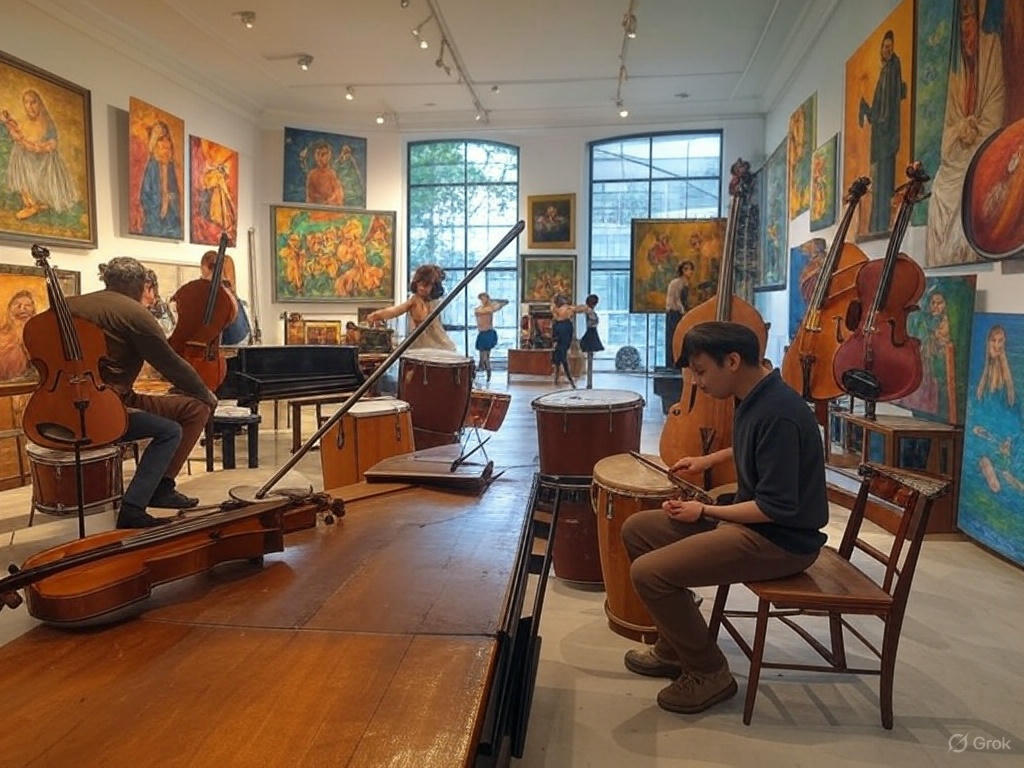


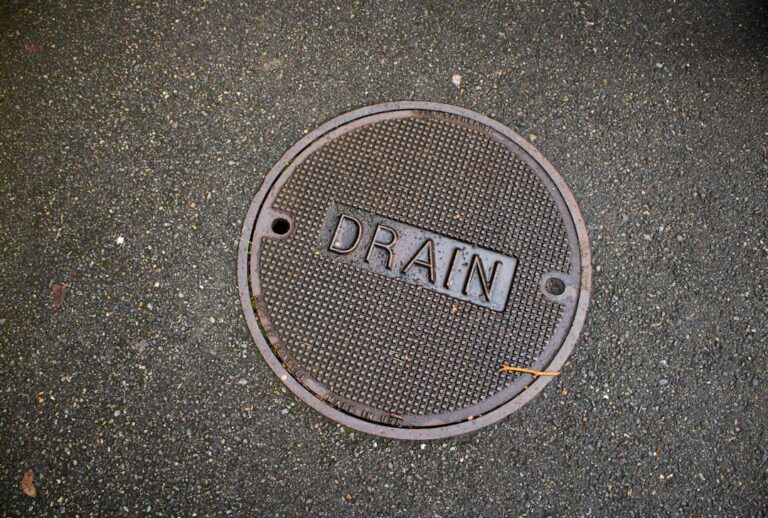
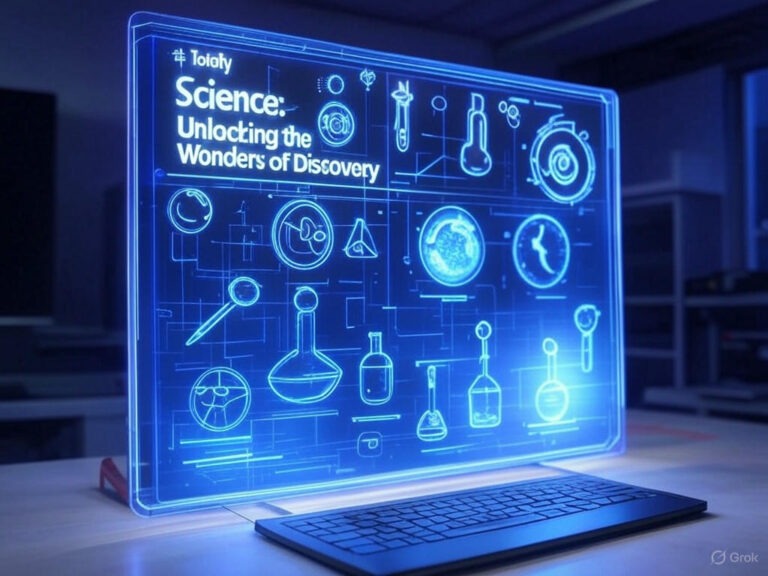
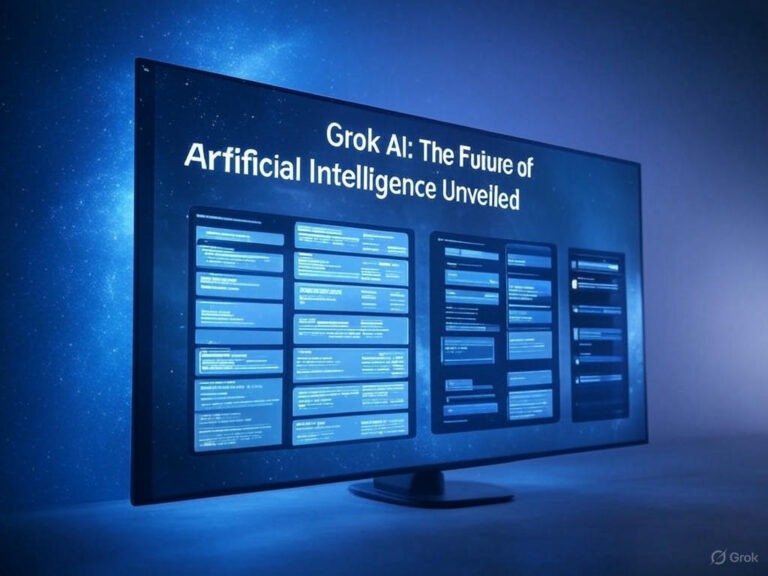
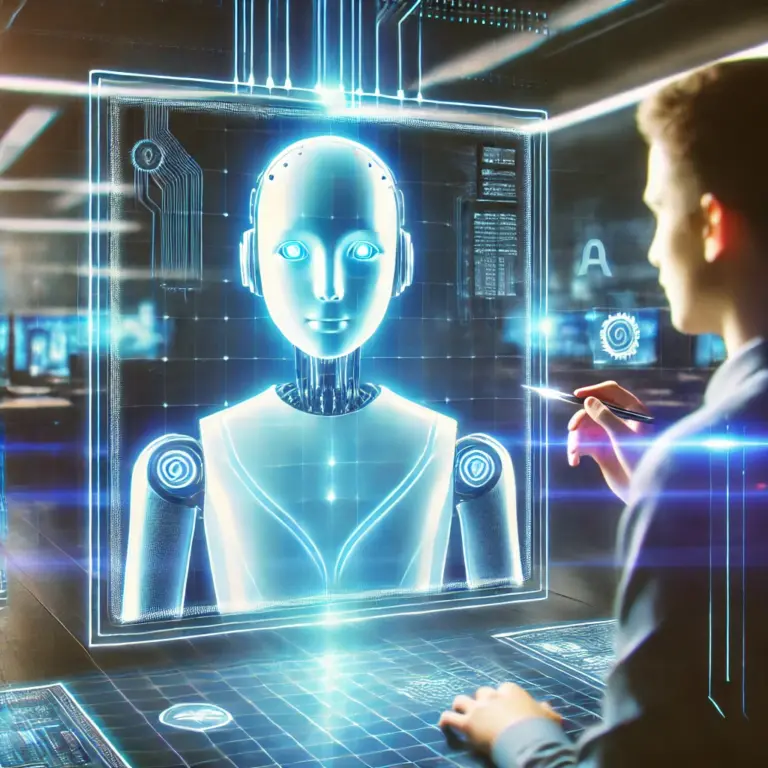
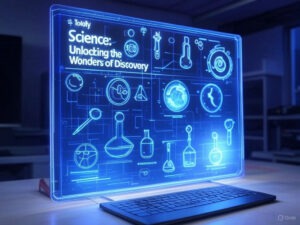







+ There are no comments
Add yours